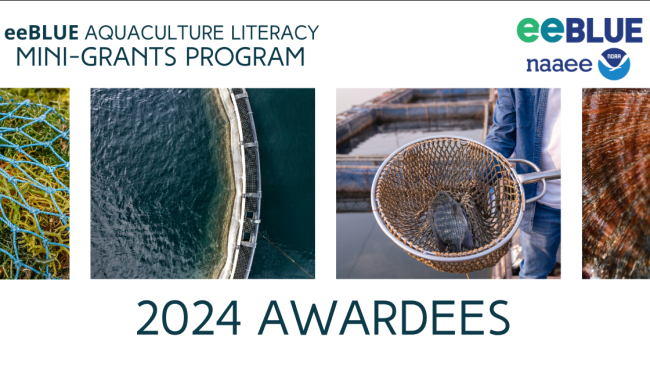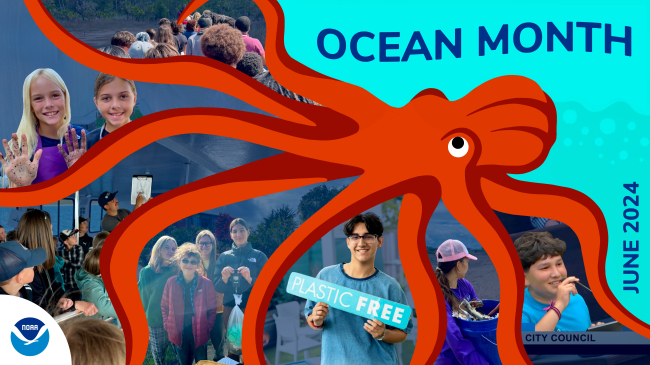NOAA welcomes teachers and students back to school this fall. If you’re interested in bringing more NOAA science and data into your classroom, check out this roundup of NOAA education resource highlights. We hope you’re gearing up for a great year!

Teacher at Sea alum Trevor Hance led a Trout in the Classroom program for 140 second-grade students at Laurel Mountain Elementary in Austin, Texas. (Image credit: Trevor Hance, NOAA Teacher at Sea)




